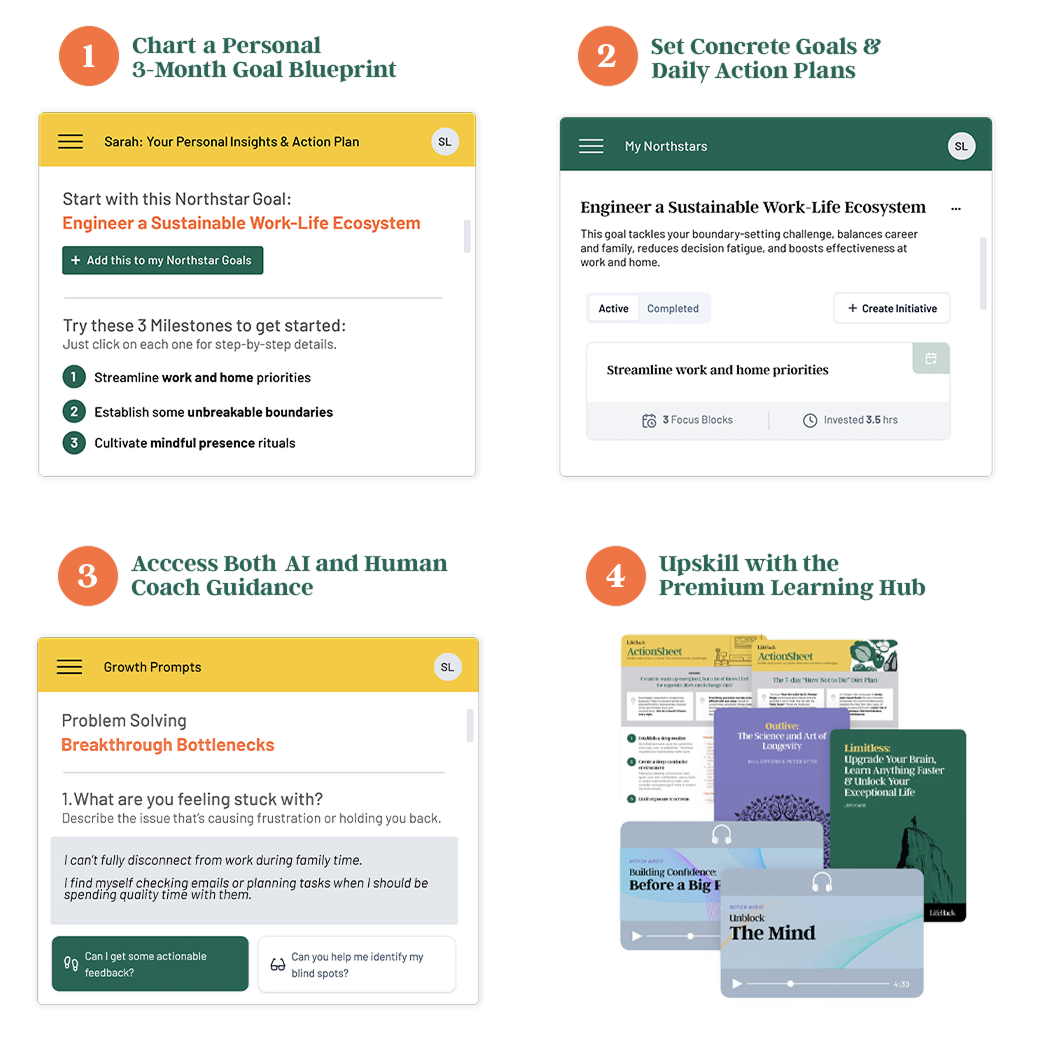| Hi there, Microsoft Japan's 4-day workweek experiment delivered a 40% productivity boost. Iceland's nationwide trial showed similar results across 2,500 workers. Yet most executives still equate longer hours with better performance. The disconnect isn't about work ethic—it's about understanding how our brains actually optimize for peak output. Recent neuroscience research from Stanford's Human Performance Lab reveals something counterintuitive: our brains perform complex decision-making tasks most effectively in 90-minute focused cycles, followed by deliberate recovery periods. This aligns with what behavioral economists call "cognitive load theory"—the principle that mental resources are finite and strategic depletion leads to better long-term performance than constant utilization. | The Psychological Safety Advantage BCG's 2024 research on psychological safety identified a critical finding: teams with high psychological safety outperform others by 67% in problem-solving tasks and 27% in revenue generation. But here's what most miss—psychological safety isn't about being "nice." It's about creating cognitive conditions where the brain's threat-detection systems (primarily the amygdala) don't hijack executive function. When people feel psychologically safe, their prefrontal cortex—responsible for strategic thinking and creative problem-solving—operates at peak efficiency. Dr. Timothy Edmonds from Harvard's Business Psychology Institute found that executives who actively cultivate psychological safety in their teams see 3x higher rates of innovative solutions and 45% faster project completion times. | Mental Models That Matter High-performers consistently use what psychologists call "metacognitive frameworks"—thinking about thinking. Charlie Munger's mental models approach isn't just investment wisdom; it's cognitive science applied to decision-making. Research from MIT's Decision Sciences Lab shows that executives who consciously employ multiple mental models (inversion thinking, first principles analysis, systems thinking) make 34% fewer costly errors and 52% more profitable decisions over 18-month periods. The key is cognitive flexibility—switching between different analytical frameworks based on problem type. Most executives default to their strongest mental model, but peak performers audit their thinking process and deliberately choose the most appropriate framework for each situation. | Actionable Implementation • Attention architecture: Block 90-minute periods for your most complex work, with 20-minute recovery intervals. During recovery, avoid decision-making entirely—walk, meditate, or engage in routine tasks that don't require executive function. • Decision audits: Before major choices, deliberately apply three different mental models to the same problem. Document the insights from each approach. This isn't overthinking—it's systematic cognitive optimization. • Measure psychological safety: Use anonymous feedback specifically about intellectual risk-taking, not general satisfaction. Ask: "How comfortable do team members feel proposing unconventional solutions?" The answer predicts performance better than traditional engagement surveys. | | "Peak performance isn't about working harder or longer. It's about understanding how high-functioning brains operate and designing work systems accordingly." | | The science is clear: peak performance isn't about working harder or longer. It's about understanding how high-functioning brains operate and designing work systems accordingly. The executives who grasp this distinction will consistently outperform those who don't. | Optimize Your Executive Performance Ready to implement evidence-based performance strategies? Our LifeHack All-Access AI Life Coach provides personalized recommendations based on neuroscience research:  | | Best,
Leon
Founder & CEO LifeHack |
| © 2025 LifeHack. All rights reserved. LifeHack, Unit 33554, PO Box 6945, London, W1A 6US, United Kingdom Unsubscribe here | |